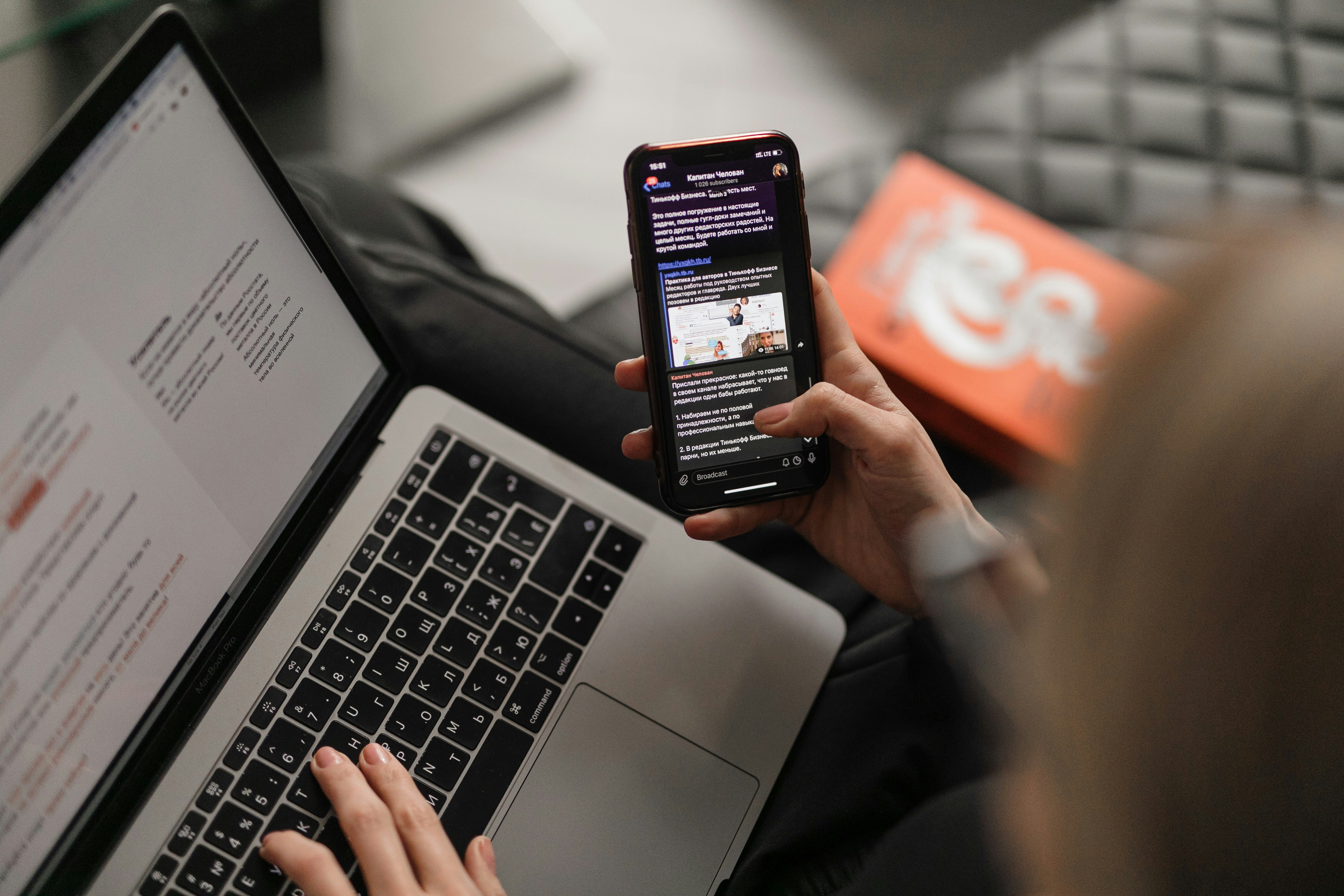Cold Outreach Best Practices: Mastering the Art of Follow-Ups
Mar 10, 2025

Most companies don’t fail at cold outreach because their first email was bad—it’s because they never follow up.
In markets like Germany and the UK, where B2B decision-makers are bombarded with emails daily, a single outreach isn’t enough. Your initial email is just an introduction. The follow-up is where deals actually happen.
Yet, many sales teams make critical mistakes:
Following up too aggressively, which gets them ignored.
Following up too infrequently, causing momentum to fizzle out.
Giving up too soon, letting competitors swoop in and close the deal.
Nailing your follow-up strategy isn’t optional—it’s what separates high-performing outbound teams from wasted effort. The most successful companies don’t just send emails; they craft a strategic follow-up sequence that increases responses, builds credibility, and ultimately drives revenue.
Why Most Follow-Ups Fail (And How to Fix It)
Cold emails usually aren’t ignored because the recipient isn’t interested—they’re ignored because:
The timing was off. The decision-maker was too busy when your email landed.
The message blended into the noise. It lacked the punch to stand out.
They simply forgot. They meant to reply but never got around to it.
A well-planned follow-up sequence addresses all of these challenges.
Yet, too many companies make follow-up mistakes that kill their chances of getting a response:
Sending generic "just following up" emails that add no value.
Following up too aggressively, triggering spam filters.
Stopping after one or two emails, assuming silence means rejection.
The businesses that consistently win in outbound sales understand that timing, relevance, and persistence drive conversions.
The Science of Effective Follow-Ups
A strong follow-up sequence is built on three key principles:
Keeping the conversation alive without being intrusive.
Building credibility with every touchpoint.
Increasing response rates while staying out of spam filters.
1. The Ideal Follow-Up Cadence

If you stop after one or two follow-ups, you’re leaving opportunities untapped. The numbers speak for themselves:
80% of deals require at least five touchpoints before a response.
Most responses come after the third follow-up.
The best companies don’t just follow up—they do it with purpose and persistence.
2. Every Follow-Up Must Add Value
Most follow-ups fail because they’re repetitive and uninspired.
Bad Follow-Up Example
Subject: Just following up
Hi [First Name],
Just checking in to see if you had a chance to review my last email. Let me know if you're interested.
Best,
[Your Name]
Why this fails: It adds nothing new and feels like a generic nudge.
Great Follow-Up Example
Subject: Helping [Company] achieve [specific goal]
Hi [First Name],
I know you're busy, so I wanted to share a quick insight: [Insert industry stat, case study, or relevant trend].
We recently worked with [similar company] to [achieve a key outcome], and I thought this might be useful for your team.
Worth a quick chat? Let me know if this is a priority right now.
Best,
[Your Name]
Why this works: It adds value, keeps the message relevant, and makes responding easy.
Every follow-up should:
Offer new insights (case study, industry trend, relevant article).
Keep responses simple (a quick yes/no question).
Feel like a continuation of the conversation—not just another reminder.
3. Personalization vs. Automation: Finding the Balance
The best outbound teams don’t manually send every follow-up—but they also don’t rely on cold, impersonal automation. The sweet spot is a mix of both.
First two follow-ups: Personalized and highly relevant.
Follow-ups three to five: Automated but still valuable.
Later-stage follow-ups: Human touch (mentioning past interactions, LinkedIn engagement, etc.).
This ensures your follow-ups feel personal without sacrificing scalability.
4. Subject Lines That Get Follow-Ups Opened
If your email doesn’t get opened, your follow-up is wasted.
Avoid these overused subject lines:
"Following up"
"Checking in"
"Touching base"
Use subject lines that spark curiosity:
"Quick question about [Company]’s [goal]"
"Helping [Company] solve [specific challenge]"
"Worth a quick chat?"
"Next steps for [Company]"
A compelling subject line makes opening the email feel effortless.
5. The "Break-Up" Email: When to Stop Following Up
At some point, you need to close the loop—but leaving the door open for future engagement is key.
Break-Up Email Example
Subject: Should I close your file?
Hi [First Name],
I haven’t heard back, so I assume this isn’t a priority right now. No worries—I’ll close your file for now.
If things change in the future, feel free to reach out. Happy to revisit this when the timing is better.
Best,
[Your Name]
Why this works: It removes pressure while keeping the relationship intact.
Follow-Up Strategy: The Competitive Advantage Most Companies Overlook
Most sales teams fail at follow-ups because they assume silence means rejection. In reality, it often just means bad timing.
The best outbound teams:
Follow up more than their competitors.
Add value at every touchpoint.
Use a structured cadence to keep engagement high.
Know when to step back—but leave the door open.
Cold outreach isn’t just about sending emails. The real fortune is in the follow-up.
Want to Execute Follow-Ups Like the Best?
Most companies struggle with cold outreach—not because they don’t send emails, but because they don’t follow up effectively.
If you’re ready to refine your follow-up strategy and boost response rates, let’s talk. We’ve built and scaled outbound systems that drive real conversations with decision-makers.
The right strategy changes everything. We’ll show you how.